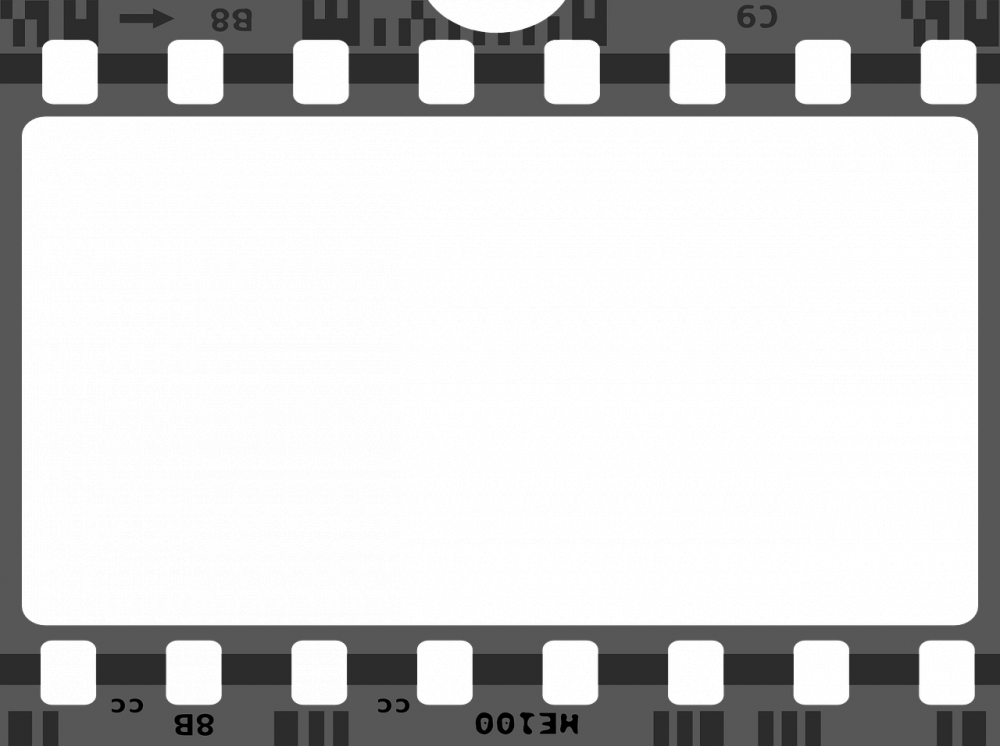Film Speed: A Historical Journey Through the Evolution of Photography

Introduction
Film speed is a crucial aspect of photography that often goes unnoticed by amateur photographers. Whether you’re capturing the beauty of nature or freezing a precious moment, understanding film speed is essential for achieving the desired results. In this article, we will delve deep into the concept of film speed, its historical development, and its significance in modern photography.
Understanding Film Speed

Film speed refers to the sensitivity of a roll of film to light. It determines the amount of light required to produce a well-exposed image. The higher the film speed, the less light is needed to achieve proper exposure. Film speed is measured using the ISO scale, which represents the film’s sensitivity to light. Common film speeds range from ISO 100 to ISO 3200, with lower numbers indicating lower sensitivity and higher numbers indicating higher sensitivity.
Film speed is a crucial factor to consider when choosing the right film for a particular shooting condition. For example, a low film speed (e.g., ISO 100) is ideal for brightly lit environments, while a high film speed (e.g., ISO 800) is suitable for low-light situations. It’s important to understand that higher film speeds also introduce more grain or noise in the final image, which can affect the overall quality.
Historical Evolution of Film Speed
The concept of film speed can be traced back to the early days of photography when silver halide plates were used instead of film. These plates had a limited sensitivity to light, making it challenging to capture fast-moving subjects or dimly lit scenes effectively. As technology advanced, the industry sought ways to improve the sensitivity of photographic materials.
With the introduction of celluloid film in the late 19th century, photographers gained more flexibility in terms of film speed. The earliest films had an estimated ISO value of around 3, which limited their use to well-lit scenes. However, as advancements continued, film manufacturers began experimenting with different chemical formulations and coatings to increase film sensitivity.
It wasn’t until the mid-20th century that film speed saw a significant breakthrough with the introduction of standardized ISO ratings. The International Organization for Standardization (ISO) developed a universally accepted scale in 1987. This allowed photographers to easily compare film sensitivity across different brands and made the selection process more straightforward.
The ISO scale initially ranged from ISO 25 to ISO 800, but with technological advancements, this range expanded. Present-day films can reach ISO values as high as 3200, opening up new possibilities for capturing images in challenging lighting conditions.
Film Speed in the Digital Age
The advent of digital photography revolutionized the way images were captured and processed. Instead of physical film, digital cameras used an electronic sensor to record light. While film speed ceased to be a physical attribute, the concept remained relevant in digital form.
In digital cameras, “ISO” is a software-based setting that mimics the sensitivity of film speed. However, unlike physical film, changing the ISO value in a digital camera does not alter the sensor’s actual sensitivity. Instead, it amplifies the digital signal, introducing more noise or grain to the image as the ISO value is increased.
Featured Snippet: Tips for Choosing the Right Film Speed
Consider the lighting conditions: If you’re shooting in bright daylight, a lower film speed (e.g., ISO 100) is sufficient. For low-light situations, opt for a higher film speed (e.g., ISO 800 or above).
Grain or noise: Keep in mind that higher film speeds introduce more grain or noise in the final image. If image quality is a top priority, stick to lower film speeds whenever possible.
Experiment and practice: Film speed is subjective and can vary based on personal preference and artistic vision. Experiment with different film speeds to understand their impact on your images.
Conclusion
Film speed is an essential factor in the world of photography. Understanding its origin, historical development, and importance in digital photography allows photographers to make informed decisions when choosing the right film speed for their specific shooting conditions. By considering lighting conditions, balancing noise or grain, and experimenting with various film speeds, photographers can unleash their creativity and capture stunning images that tell a unique story.











